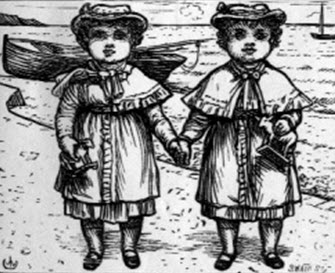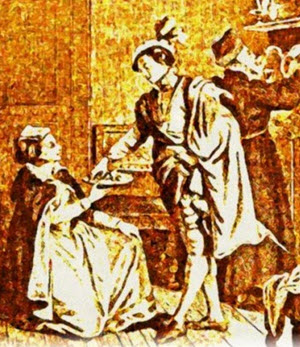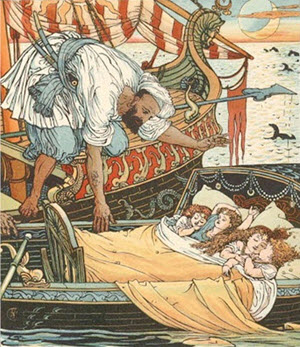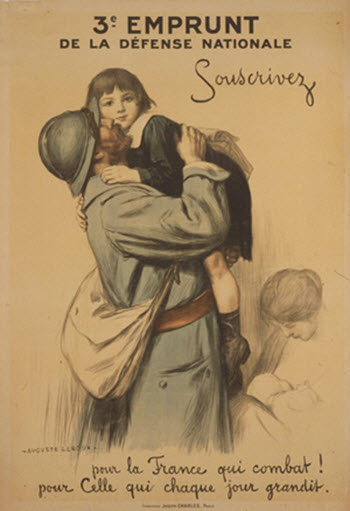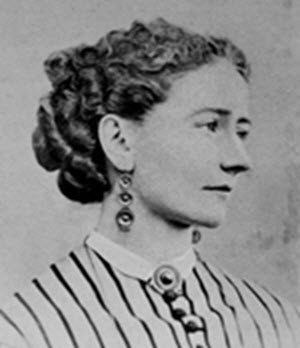Do You Know Who Mrs. Molesworth Is?
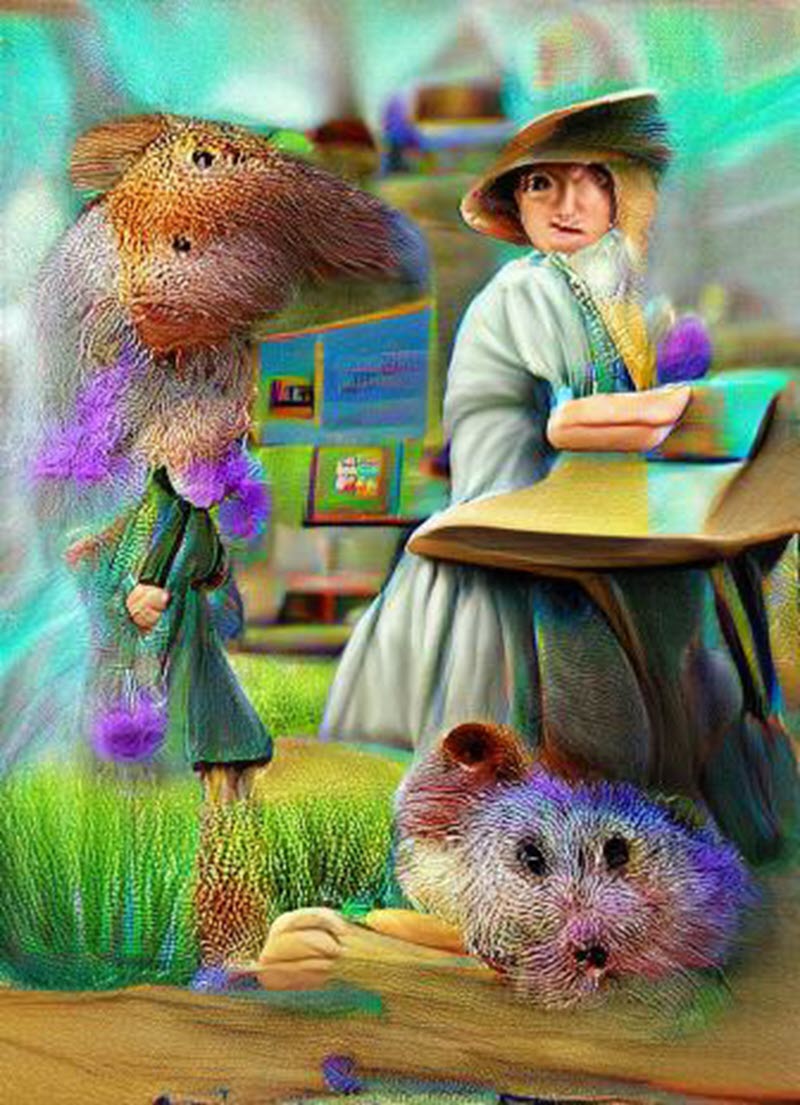
Have you ever heard of Mrs. Molesworth? I bet you haven't. The name reminds me of a burrowing rodent, and is the kind of name that an author would usually hide behind a pseudonym. But not Mrs. Molesworth: she bore her married name proudly, and signed it to over 101 very popular books of children's literature. It was an amazing literary career. Her books sold well, and she was responsible not only for setting a new style in children's literature during the Victorian and Edwardian Eras, but her protagonists -- all genteel Victorian boys and girls -- were emulated in real life by British children, who adopted their mannerisms and style of speech. She was, in short, not only a literary phenomenon but a social one as well. And yet today she is almost completely forgotten and her books are unread. To me, it exemplies the fact that we can never know which authors will stand the test of time and current popularity is no way to gauge their place in literature.

Mrs. Molesworth was born Mary Louisa Stewart on 29 May 1839. She was the daughter of a rich merchant and received what was, for women at the time, an excellent education at various private boarding schools. In 1861, when she was around 22 years old, she married Major R. Molesworth, the son of a British Viscount. Even though they would legally separate by 1979, Mrs. Molesworth kept her maiden name and used it professionally for most of her books. Perhaps she did not see the connection between her name a pesky lawn destroying rodent, and instead counted on her aristocratic name helping to sell books.
Her first books were adult fiction: forgettable Victorian potboilers with titles such as Lover and Husband (1869) to Cicely (1874). Later she began writing children's books, over 100 in all. They were aimed at what we would today refer to as the Young Adult fiction market, and were read mainly by girls who were too old for fairy tales but too young to read mature books. Critics of the time referred to her as the "Jane Austen of the nursery". All of the books were moralistic and aimed to teach young Victorian girls to aspire to become suitable Victorian wives and mothers.
One of the characteristics of her books is that the child characters always speak in an infantile way one would expect of someone far younger chronologically. Often they also speak with an annoying lisp, which Victorians thought was cute but which is painful to read, in much the same way that I can't stand reading books with a lot of dialectical English in them. It's just painful to sub vocalize these sounds when reading. But British people in the Victorian era thought differently, and this view of childhood spilled over into real life: children began affecting the same type of lisp and speech patterns that they found in Molesworth books.
And she just kept on writing, churning out book after book. From 1879 when she published her last book, to her death in 1914, she produced one hundred and one books, many of which can be found online here. An amazing output averaging almost 3 books a year. Even Stephen King can't match this kind of writing production.
But now, with the possible exception of a book called the Cuckoo Clock, all of her books are forgotten and unread. It is the fate suffered by many once popular Victorian authors. The change in culture and literary taste that separates us from that era has made them as obsolete as trilobite or horse drawn buggy. They are quaint reminders of a lost age, which we can barely identify with.
And so it shall be for so many of our popular authors of today. Which ones will stand the test of time?

